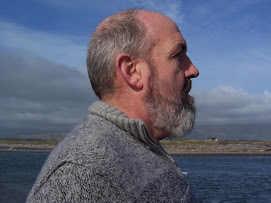
I can't help but harbour a sneaking suspicion that as we move inexorably beyond the 350 threshold, that mother earth, Gaia, is sending increasingly impatient signals saying "enough already". This is echoed by Bill McKibben : "The negotiations that will happen in Copenhagen aren't really about what we want to do, or what the Chinese want to do, or what Exxon Mobil wants to do. They're about what physics and chemistry want to do: the physical world has set its bottom line at 350, and it's not likely to budge."
Some suggested that the financial meltdown in 2008 was Gaia trying to communicate with global policy makers in the only language they understood – economics and markets; while this may be a bit fanciful, it is clear that the real power is held by nature rather than man.



Everywhere you look there is evidence of this, apart from in the urban centres where policy makers and politicians spend all their lives.
The recent establishment of the G20 to include such countries such as Brazil, Saudi Arabia, Australia, Indoensia in addition to the Old Powers was a recognition of the importance of enrolling more leaders in charting the future of the planet. As Paul Collier observed, there are any number of G groupings from the G77 (who have no voice, other than the voice of dignity in poverty), to the G5, who have the economic muscle to compel countries to avoid the tragedy of the commons and work for the collective good.
I hope they do, otherwise there is a real chance that G1 (Ga1a) will decide that she has had enough of the human race destroying the planet and issue an eviction order.
